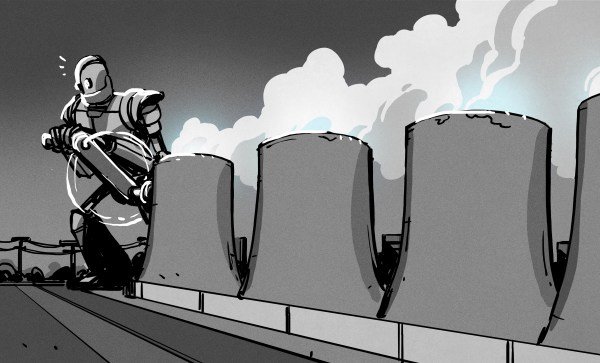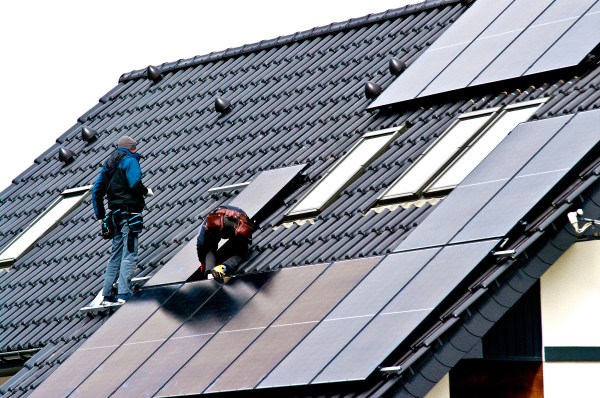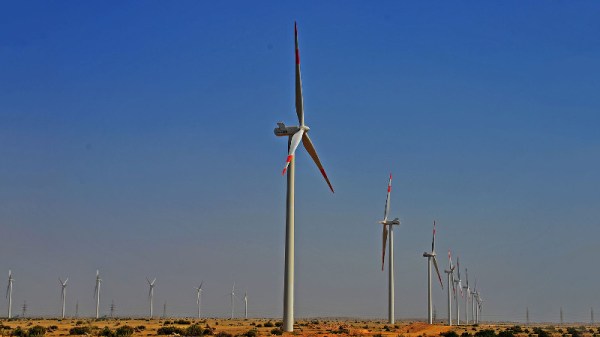Over the past decades power grids have undergone a transformation towards smaller and more intermittent generators – primarily in the form of wind and solar generators – as well as smaller grid-connected batteries. This poses a significant problem when it comes to grid management, as this relies on careful management of supply and demand. Quite recently the term Virtual Power Plant (VPP) was coined to describe these aggregations of disparate resources into something that at least superficially can be treated more or less as a regular dispatchable power plant, capable of increasing and reducing output as required.
Although not actual singular power plants, by purportedly making a VPP act like one, the claim is that this provides the benefits of large plants such as gas-fired turbines at a fraction of a cost, and with significant more redundancy as the failure of a singular generator or battery is easily compensated for within the system.
The question is thus whether this premise truly holds up, or whether there are hidden costs that the marketing glosses over.
Continue reading “The Sense And Nonsense Of Virtual Power Plants”
















